The origin story of the peace sign
During the 1960s, photographer Jim Marshall captured the unlikely rise of a British-made symbol in American culture
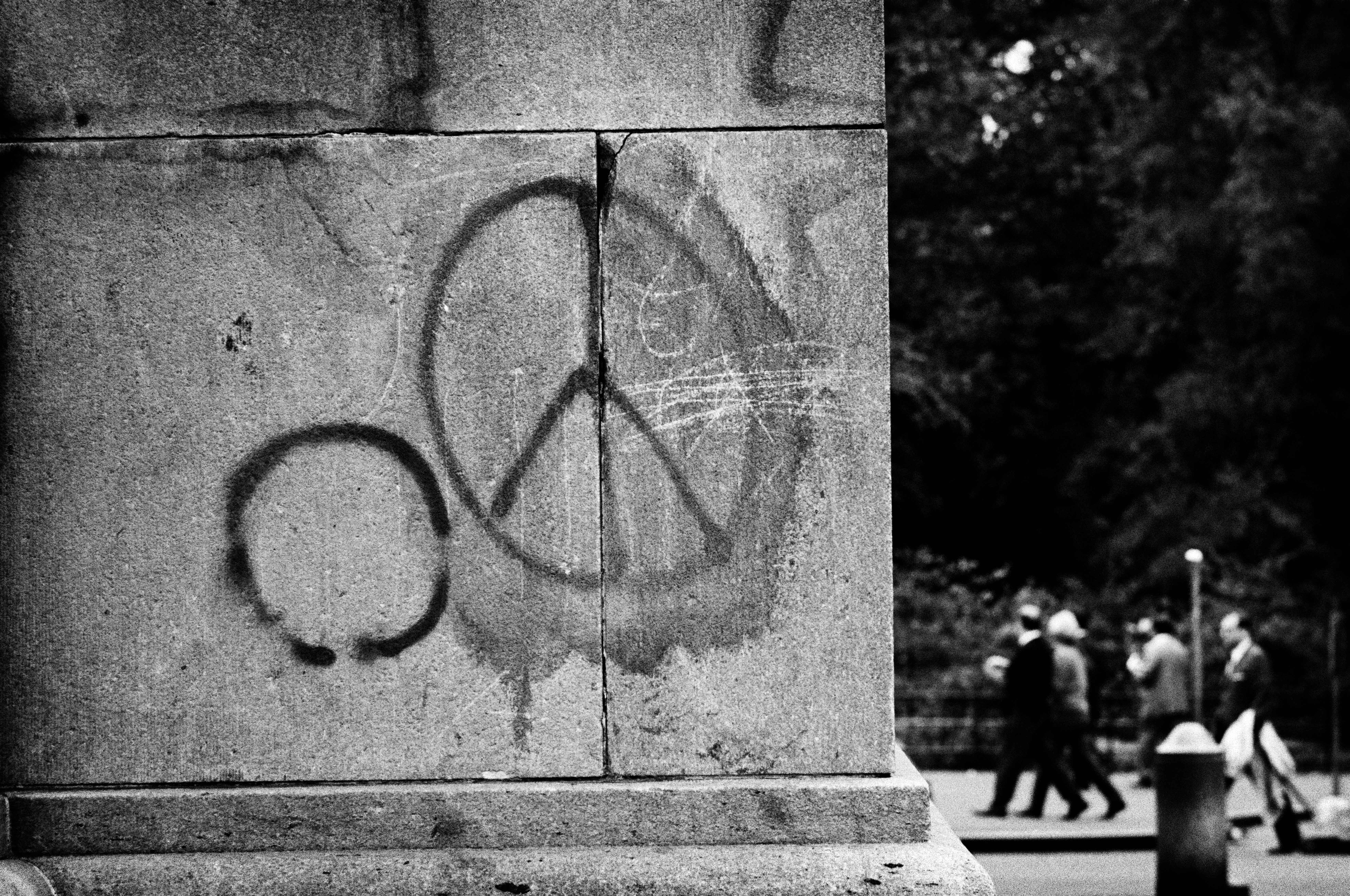

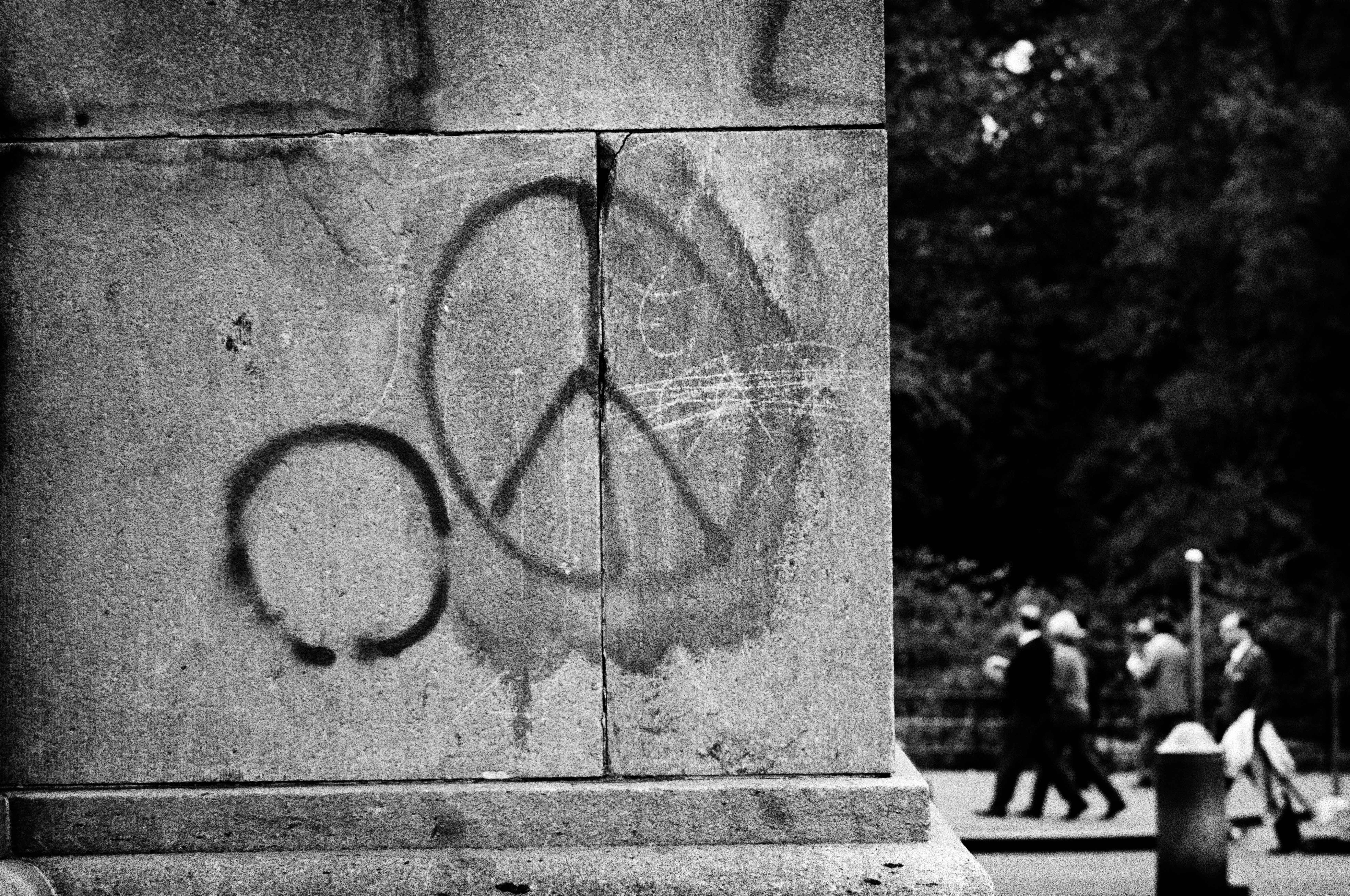
It's just a circle containing three lines — that's all it is. And yet, it has come to represent numerous cross-national movements for generations. It has migrated from hippies to punk counterculture to high fashion. It has woven itself into so many layers of popular culture over the decades that it can be claimed by everyone and no one.
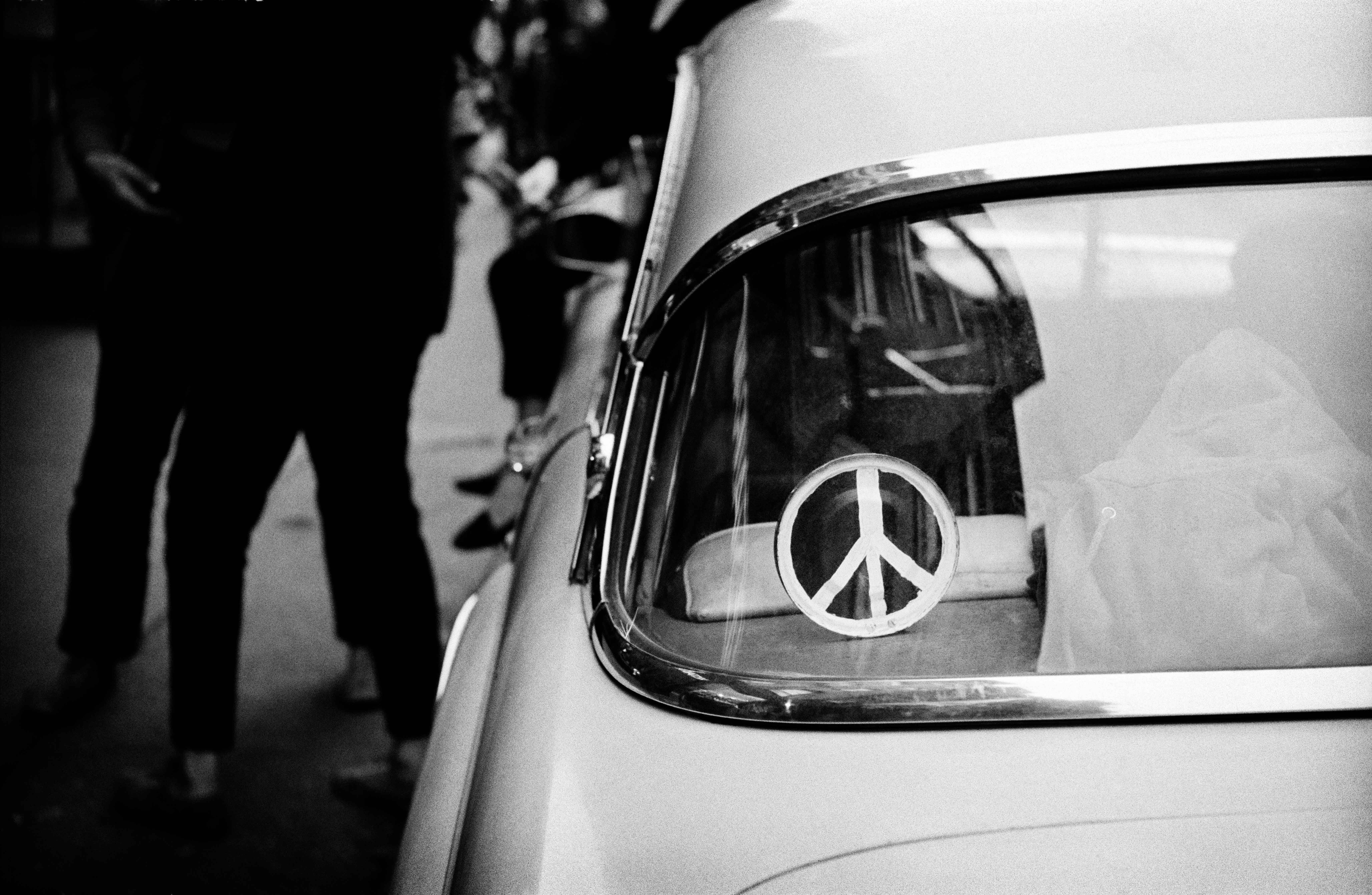
The peace sign was created in 1958 by British graphic designer and Christian pacifist Gerald Holtom. Holtom was tasked with creating the banners and signs for a nuclear disarmament march in London, and he wanted a visual that would stick in the public's mind.
The design is, in part, modeled after naval semaphore flags that sailors use to communicate. Holtom combined the codes for "N" (two flags angled down at a 45 degrees) for "nuclear" and "D" (one flag pointed straight up and one flag pointed straight down) for "disarmament." But in a 1973 letter to the editor of Peace News, Holtom suggested the inspiration was also darker and more personal.
"I was in despair. Deep despair," he wrote, according to the book TM: The Untold Stories Behind 29 Classic Logos. "I drew myself: the representative of an individual in despair with hands palm outstretched outwards and downwards in the manner of Goya's peasant before the firing squad. I formalized the drawing into a line and put a circle round it. It was ridiculous at first and such a puny thing."
The symbol was adopted by the British Campaign for Nuclear Disarmament, of which Holtom was a member, and made its public debut Easter weekend, 1958.
Just two years later, the symbol migrated across the pond, appearing in the corner of a 1960 pamphlet for the Committee for Nonviolent Action — an American anti-nuclear group. By the mid-1960s, the peace symbol was popping up on pins, Vietnam protest posters, and T-shirts.
Soon enough, the symbol seemed to be everywhere — scribbled haphazardly on public surfaces in chalk, spray paint, marker, or a finger in wet cement like a secret code, a siren call to fellow pacifists.
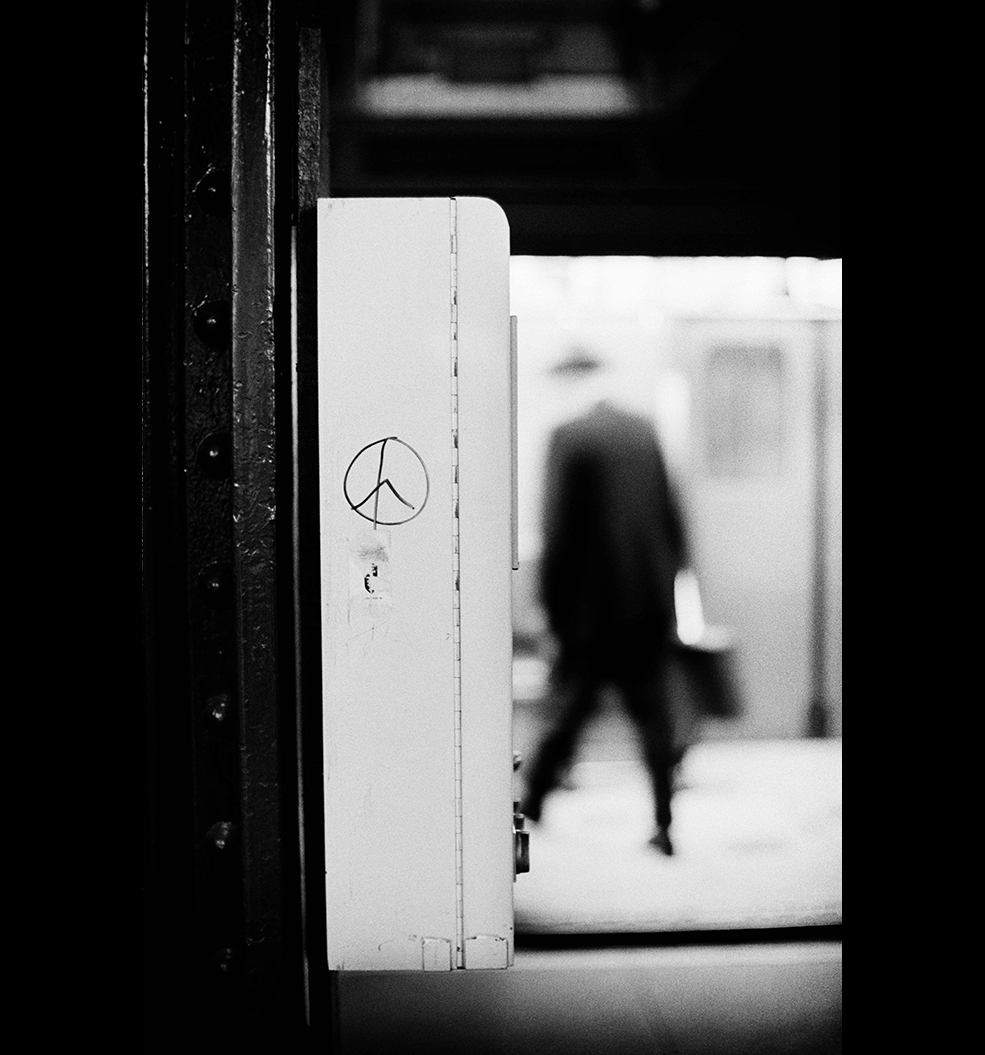
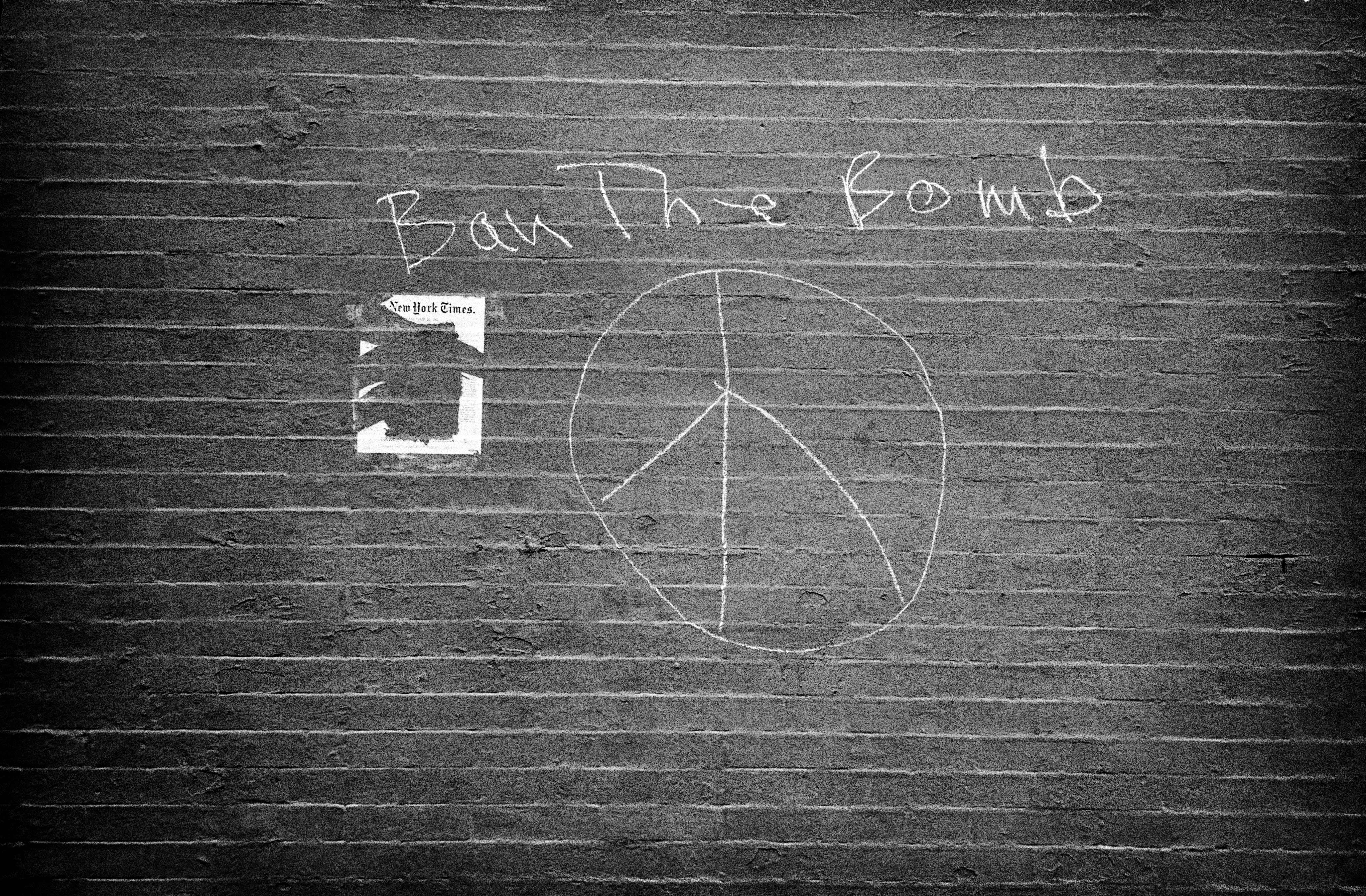
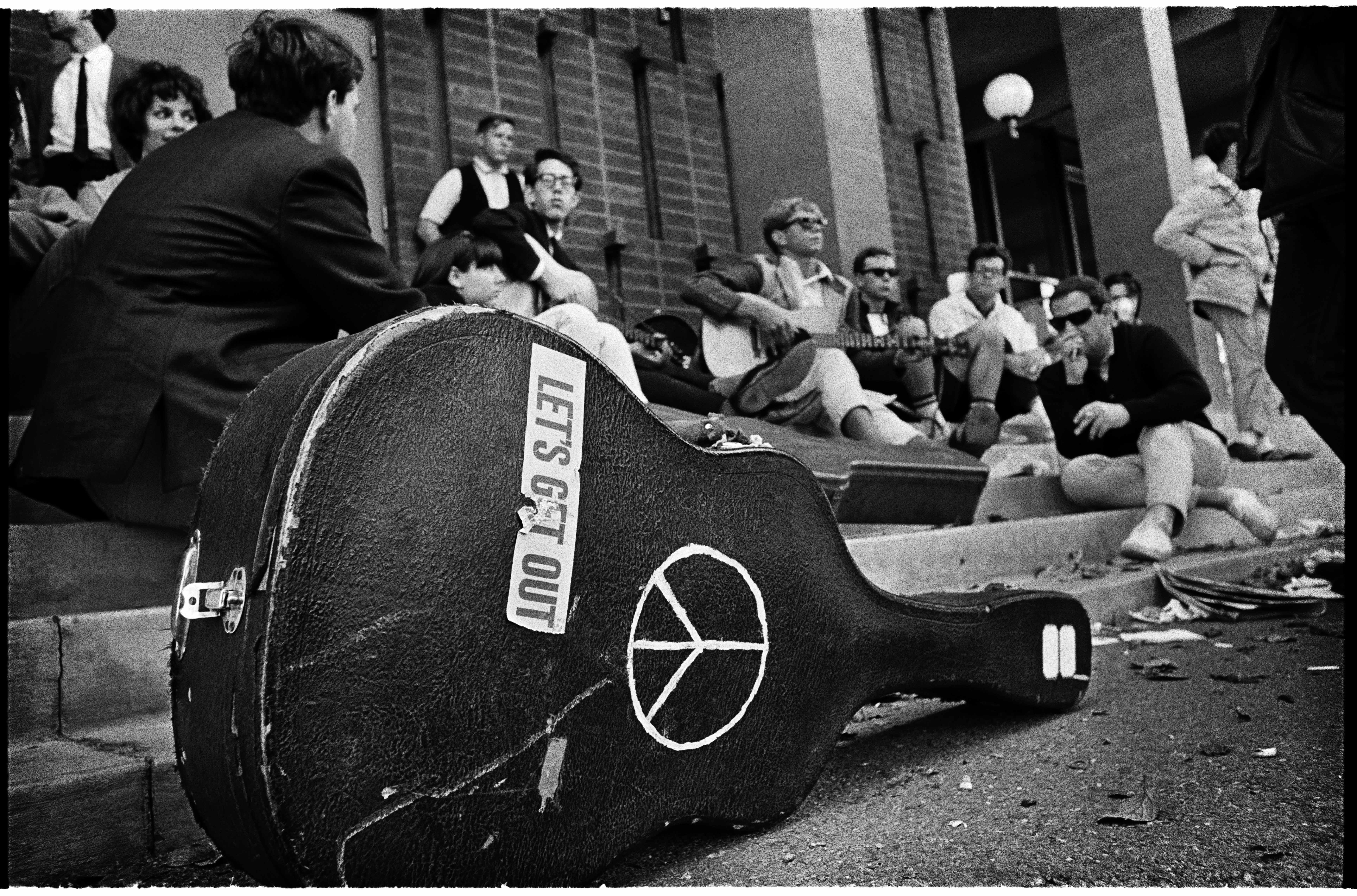
Photographer Jim Marshall tracked the meteoric rise of the peace symbol between 1961 and 1968, capturing its mobility and increasing pervasiveness in American culture. Now, for the first time, Marshall's decade-long personal project of sumptuous black-and-white street photography, where the symbol is the star, is compiled in a book, Peace: Photographs by Jim Marshall (Reel Art Press).
"Marshall recognized [the peace symbol's] cultural significance," Peter Doggett writes in the book's introduction, "and was intrigued by the symbol's ability to morph between causes, and evade strict definition."
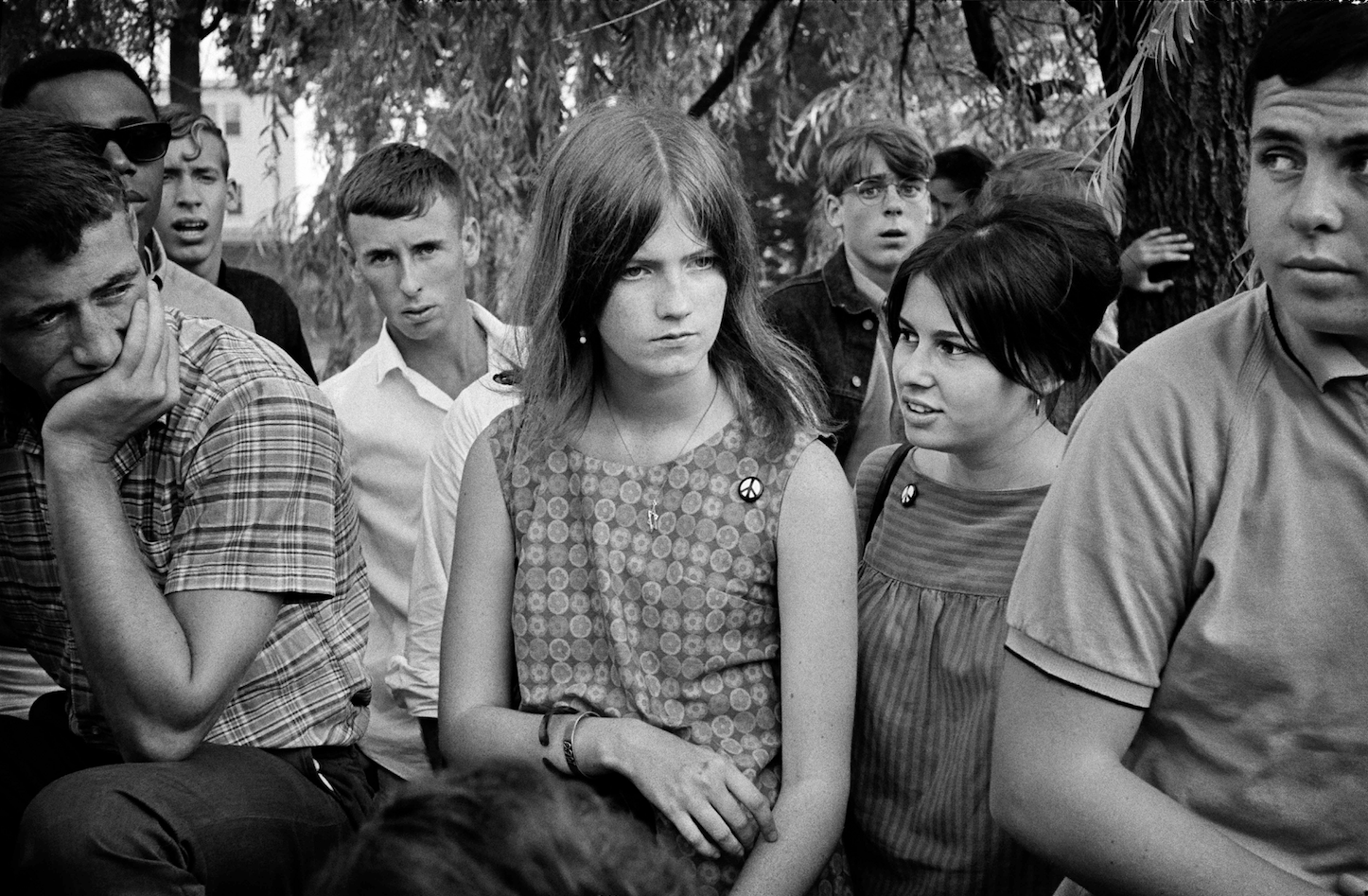
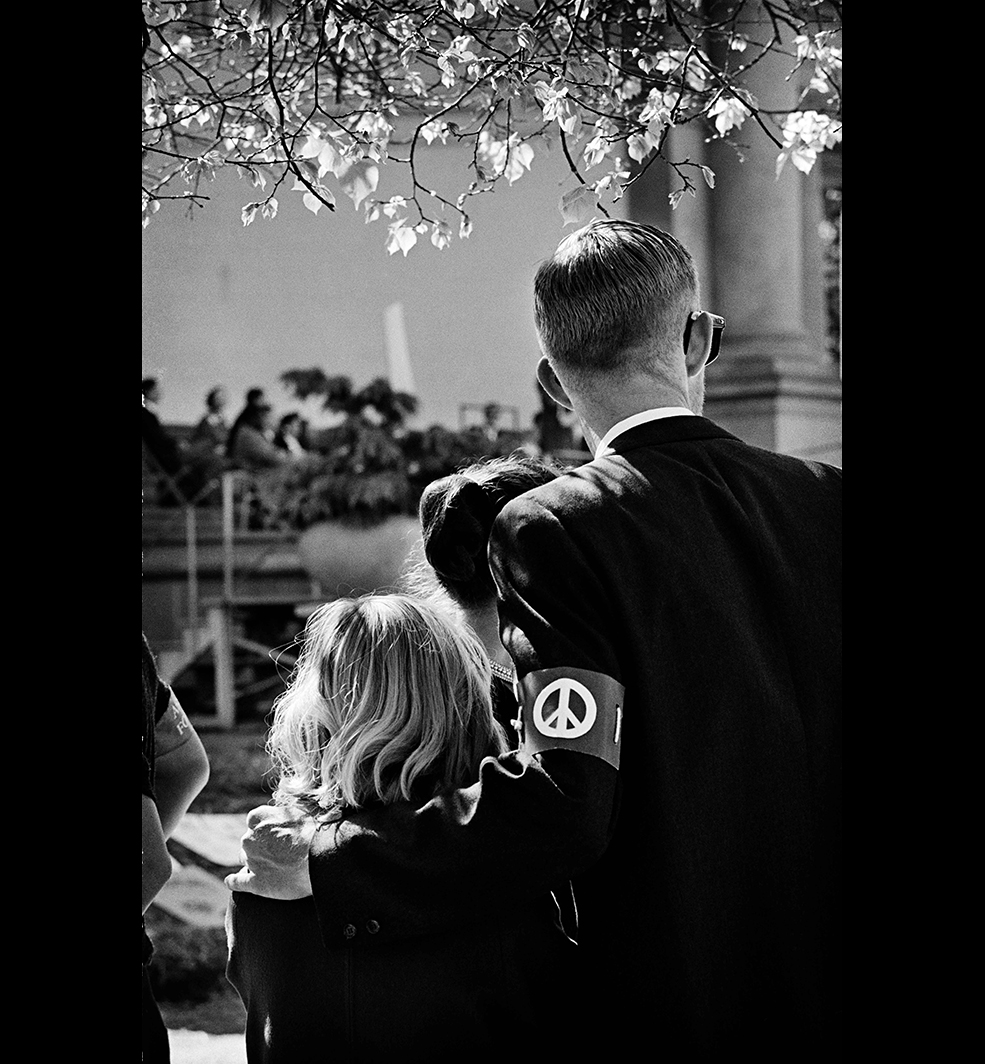

In searching for peace in the 1960s, Marshall, who died in 2010, captures the tender emotion — the anger and fraught optimism — that bubbles at the surface of resistance. After all, the Vietnam War continued long after the decade's protests and rallying cries called for its end.But during that turbulent decade, the peace symbol gave the divergent threads of the movement something to hold onto — a fire to stoke the hopes in the bleakest of times. But its influence didn't end with the movement. The symbol's inherent simplicity allowed it to transcend the decade in which it was born and imprint upon the minds and motivations of generations to come.
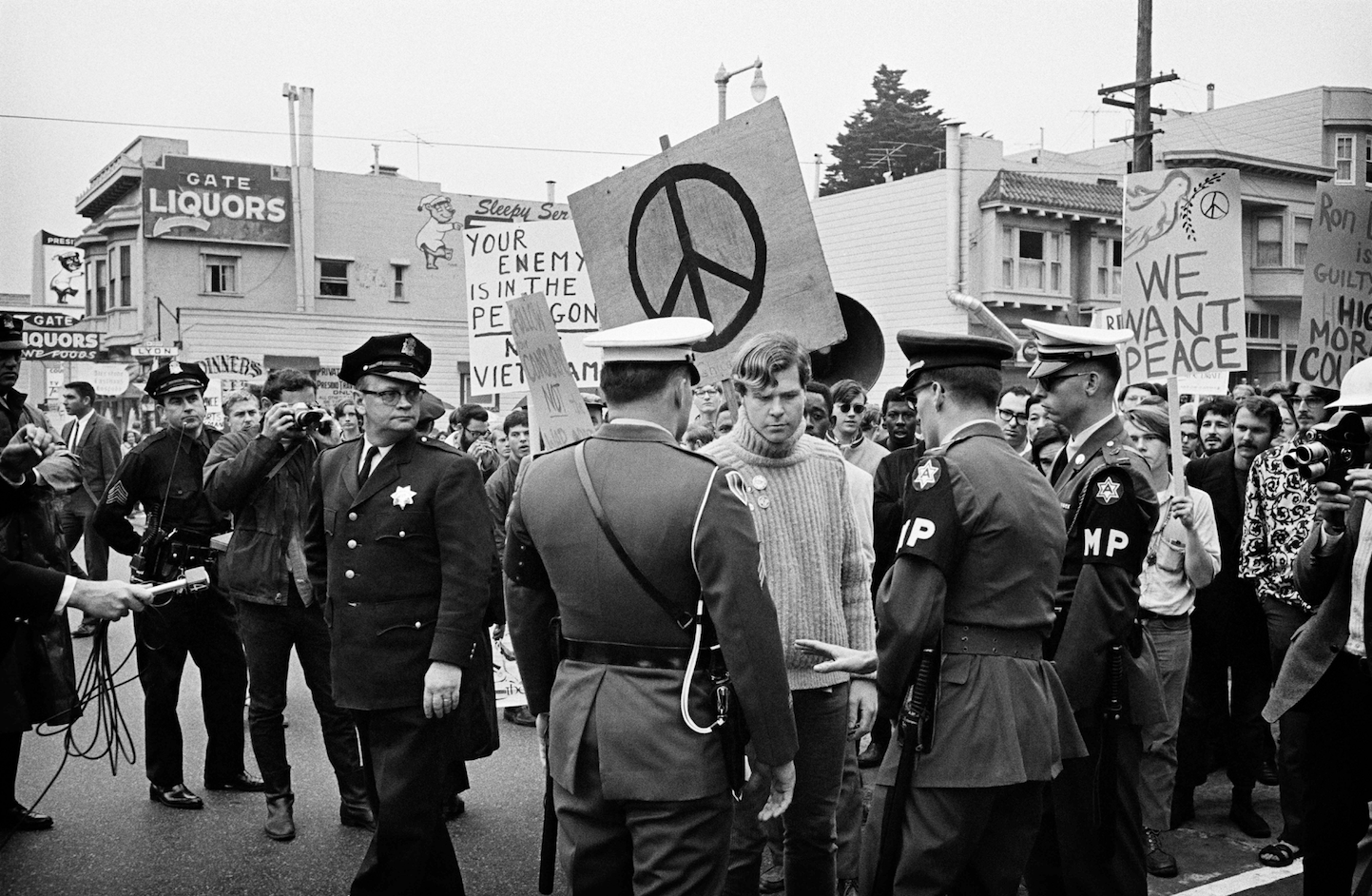
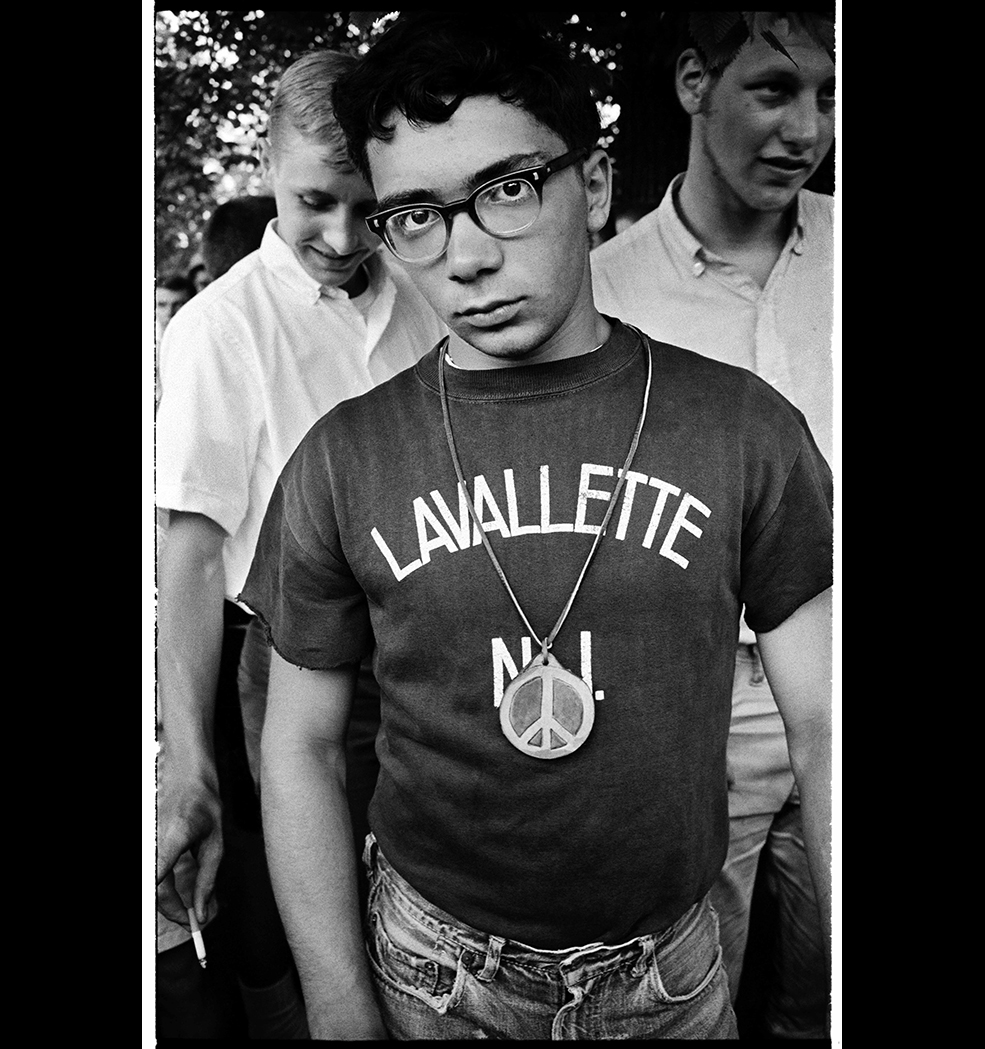
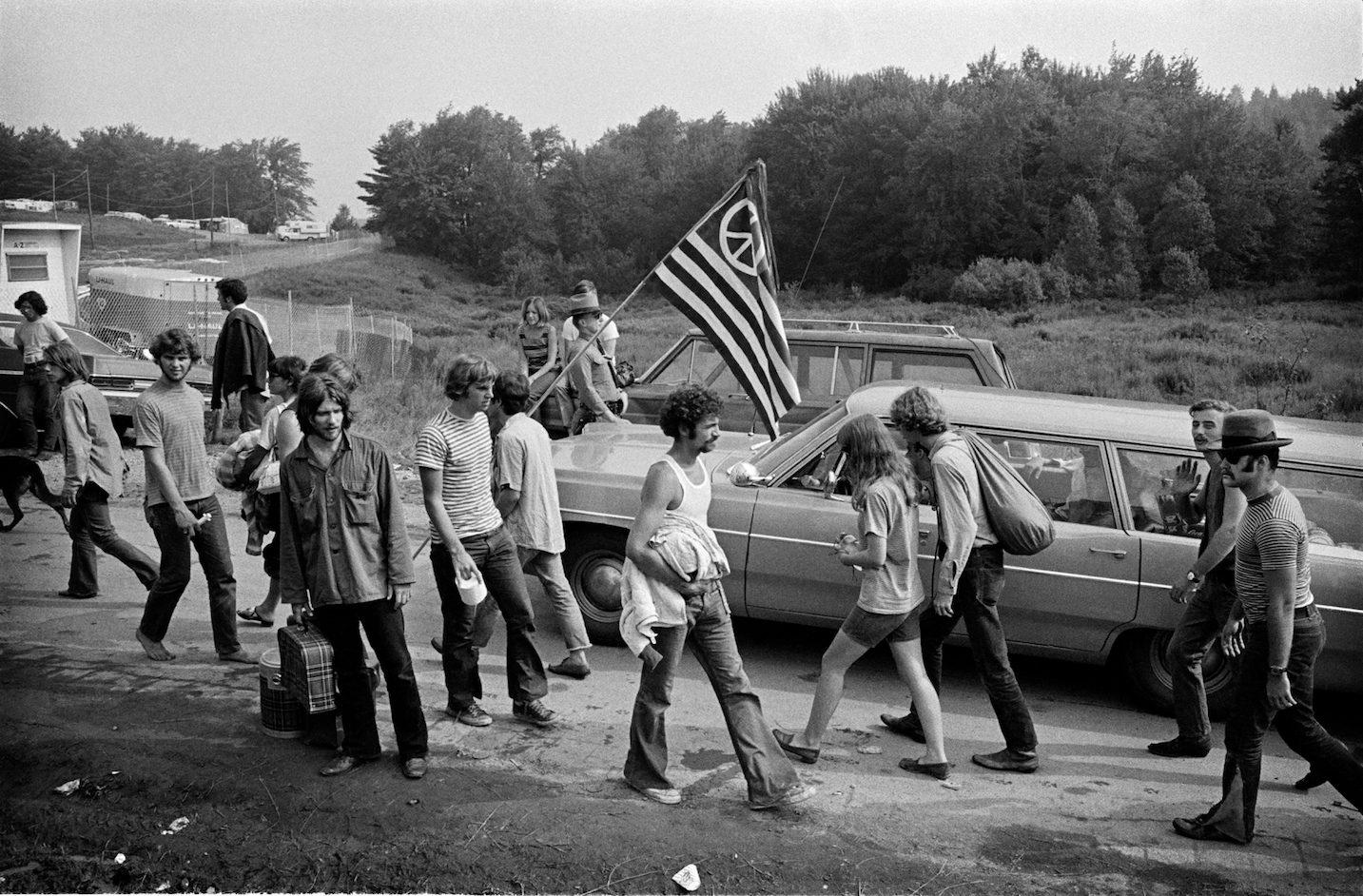
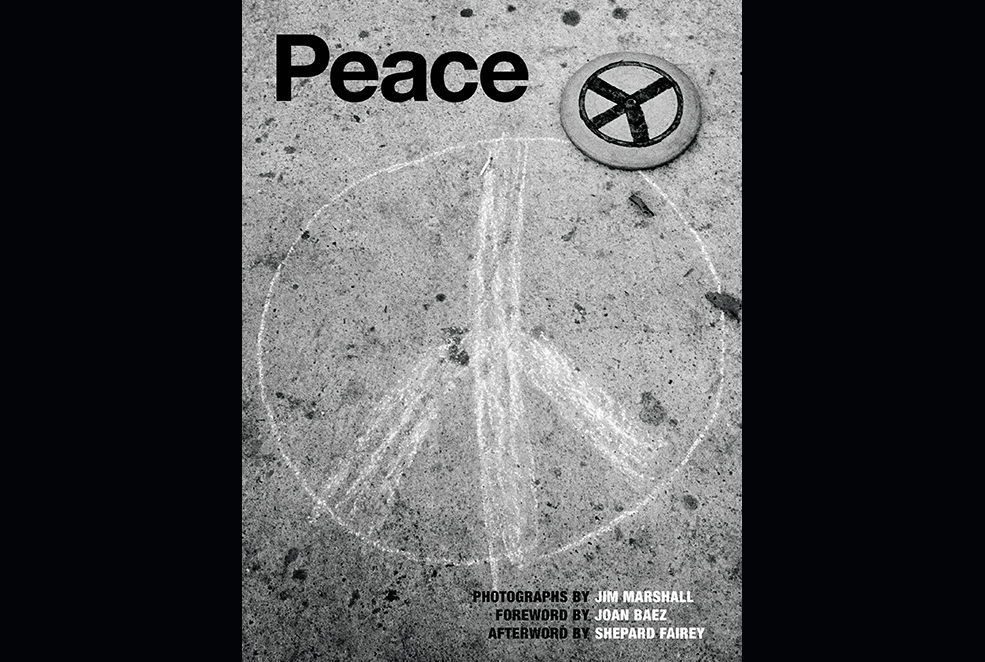
A free daily email with the biggest news stories of the day – and the best features from TheWeek.com
Lauren Hansen produces The Week’s podcasts and videos and edits the photo blog, Captured. She also manages the production of the magazine's iPad app. A graduate of Kenyon College and Northwestern University, she previously worked at the BBC and Frontline. She knows a thing or two about pretty pictures and cute puppies, both of which she tweets about @mylaurenhansen.
-
 Political cartoons for November 9
Political cartoons for November 9Cartoons Sunday’s political cartoons include a ripoff, and the land of opportunity
-
 A ‘golden age’ of nuclear power
A ‘golden age’ of nuclear powerThe Explainer The government is promising to ‘fire up nuclear power’. Why, and how?
-
 Massacre in Darfur: the world looked the other way
Massacre in Darfur: the world looked the other wayTalking Point Atrocities in El Fasher follow decades of repression of Sudan’s black African population
